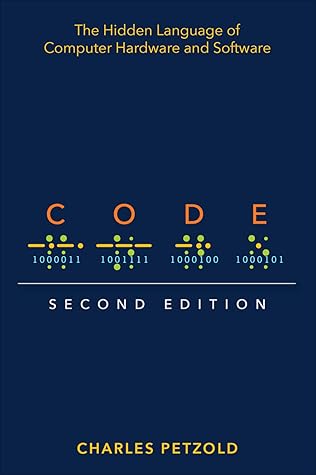In electricity, you can calculate how much current is flowing through a circuit if you know the voltage and the resistance. Resistance—the tendency of a substance to impede the flow of electrons—is measured in ohms, named after Georg Simon Ohm (1789–1854), who also proposed the famous Ohm’s law. The law states where I is traditionally used to represent current in amperes, E is used to represent voltage (it stands for electromotive force), and R is resistance.
Welcome back. Just a moment while we sign you in to your Goodreads account.


